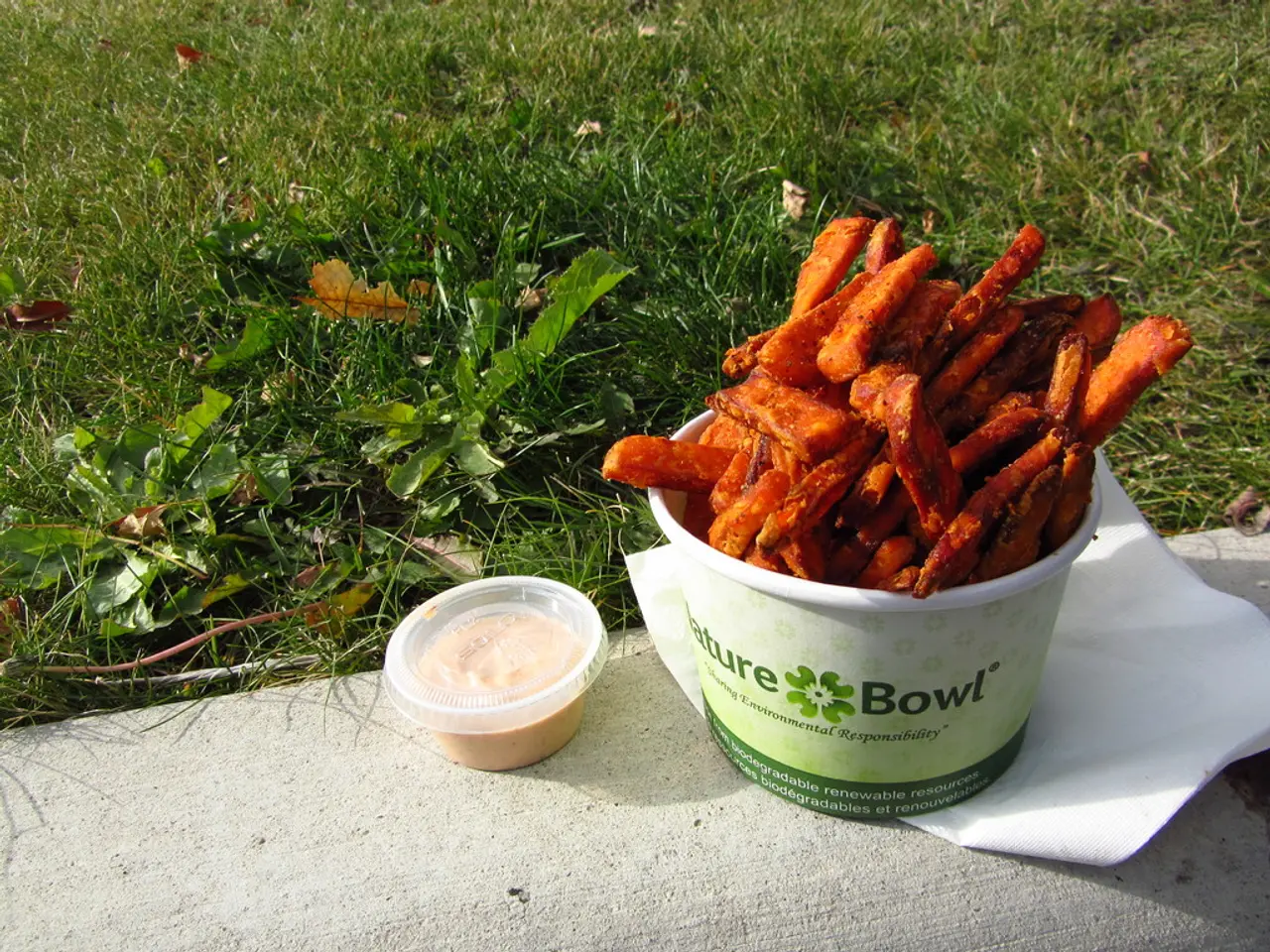Maintaining Soil for Plants: Strategies for Long-Term Vitality and Premium Quality
In the world of gardening, it's essential to store your plant soil properly to maintain its quality and prevent the growth of mold and bacteria. Here are some guidelines to help you keep your soil fresh and ready for your next gardening project.
Firstly, store the soil in a dry location, such as a shed, garage, basement, or covered carport, away from direct sunlight. This helps maintain the soil's dryness, which is crucial in preventing mold and mildew issues.
Ensure that the soil is completely dry before storing. Moisture can lead to unfavourable conditions for the soil, promoting the growth of mold and bacteria.
When choosing a container for storing your plant soil, opt for sturdy, airtight plastic containers with vacuum-seal or tight-locking lids. These containers create a moisture barrier that limits air and water ingress, reducing conditions favourable for mold and bacterial proliferation.
Key features to look for include airtight and vacuum-sealed lids, heavy-duty, high-grade plastic construction, water-resistant sealing, and secure locking lids or clamps. Containers designed with these features provide an effective seal and minimize air exchange, thus reducing the risk of mold and bacterial growth.
For instance, seed storage vaults with vacuum-seal tops are a great option, as they come in multiple sizes and are designed to maintain dryness and freshness for years. For general potting soil storage, airtight bins or containers with locking snap lids are recommended to keep organic matter protected.
Avoid containers with poor sealing or those that allow air circulation, as this can increase humidity and encourage mold. Additionally, storing soil in a cool, dry place minimizes microbial growth.
The recommended capacity for a storage tub for plant soil is around 20 to 30 gallons. Choose a sturdy, stackable container with a locking lid that allows for air exchange to prevent condensation and mould growth. A large plastic storage tub with a lid that snaps securely shut is suitable for storing dry soil.
Before storing the soil, inspect it for bugs and other contaminants. It's also important to clean and dry the tub thoroughly before using, using a weak bleach water solution. Be mindful of the weight of the tub, especially if storing it on an elevated structure, as soil can be quite heavy.
Lastly, keep soil away from sources of moisture, such as gasoline cans in a garage. Occasionally check on your stored soil and leave the lid open if condensation is present to dry out. Choose a storage location that is not in direct sunlight to prevent the plastic from breaking down and to regulate temperature and humidity levels. The container size should be appropriate for the amount of soil being stored.
By following these guidelines, you can ensure that your plant soil stays fresh and ready for use, free from mold and bacteria. Happy gardening!
[1] Containers for Storing Soil: A Comprehensive Guide. Gardening Know How. (URL: https://www.gardeningknowhow.com/garden-how-to/soil-fertilizers/storing-soil-in-containers.htm)
[3] Storing Potting Soil. The Spruce. (URL: https://www.thespruce.com/how-to-store-potting-soil-1399052)
Indoor plants can thrive in containers storing soil that are designed with airtight and vacuum-sealed lids, heavy-duty, high-grade plastic construction, water-resistant sealing, and secure locking lids or clamps, for maintaining dryness and preventing mold growth. A home-and-garden lifestyle involves keeping the stored soil in a cool, dry place, away from direct sunlight and sources of moisture, such as gasoline cans, to minimize microbial growth.




